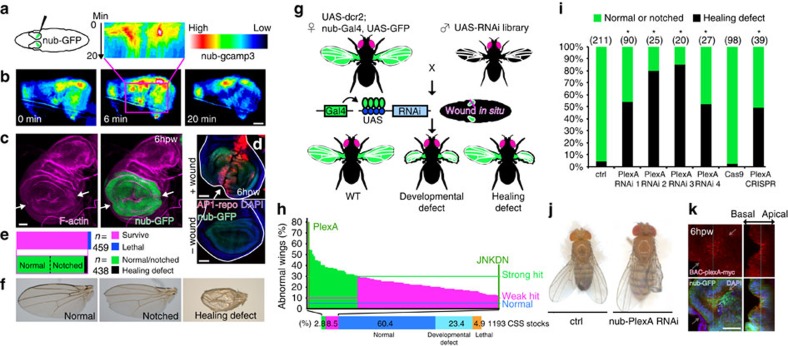Figure 1. An RNAi screen identifies a role for PlexA in wing disc repair.
(a) Diagram of in situ wounding of wing discs (Supplementary Movie 1). (b) Damage induces a transient calcium flash in wing discs (Supplementary Movie 2). The top inset is a kymograph derived from the region shown in the rectangular box. (c,d) F-actin accumulates and the AP-1 reporter is activated at the wound edges (white arrows), which have fused by 6 h post wounding (h.p.w.). (e,f) Adult wing phenotypes after wounding wing discs of L3 larvae. (g,h) Scheme of the wing disc-specific RNAi screen and classes of phenotypes obtained. Overall, 1,193 CSS RNAi lines were used. (i,j) Four independent PlexA RNAi transgenes and the wing disc-specific PlexA knockout with CRISPR induce healing defects. *P<0.05, two-tailed χ2-test with the Bonferroni correction (RNAi), two-tailed χ2-test (CRISPR). (k) PlexA expression in wounded wing discs of PlexA-myc BAC transgenic flies. Arrows indicate the wound location. Scale bars, 50 μm.

